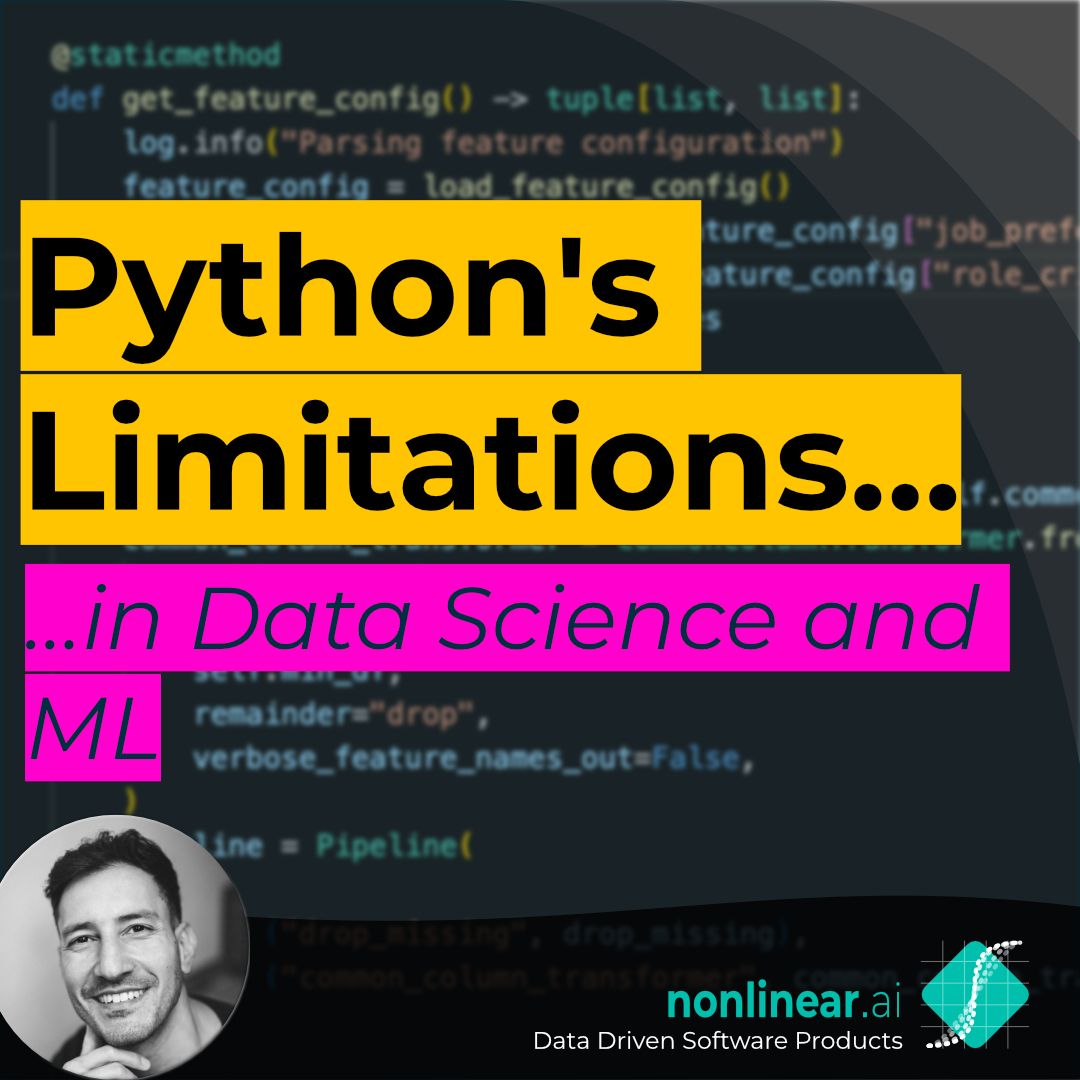Creating vertical AI agents isn’t as straightforward as it seems. As I work on my fourth vertical AI agent, I’ve realized it’s tougher than most people expect.
While building a proof of concept is quick—thanks to tools like LangGraph, publicly available foundation models and the zero shot learning paradigm—getting to production is a whole different game.
You’ll face typical product related challenges like
- What should the agent be capable of?
- How will users interact with it?
- What’s the ideal UI / UX?
On the technical side you’ll face challenges like
- How do you measure performance effectively?
- When and how should you update the data / model?
- How do you monitor your solution in production?
- What safeguards can prevent harmful actions by the agent?
- How to prevent result inconsistency
Productionizing AI agents demand the same rigor as traditional SaaS or software projects. For non-technical stakeholders, it’s crucial to stay realistic—building a polished, reliable solution takes time, iteration, and a lot of problem-solving.
I’d love to hear your thoughts or lessons learned!



